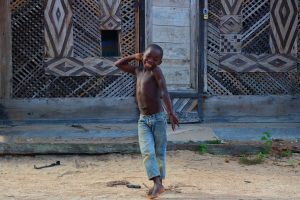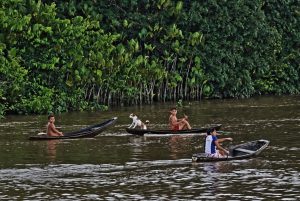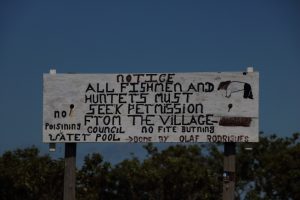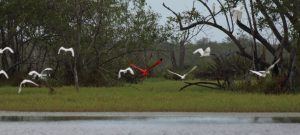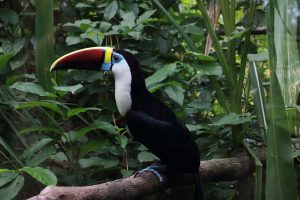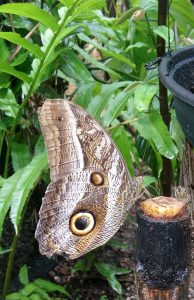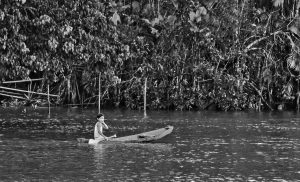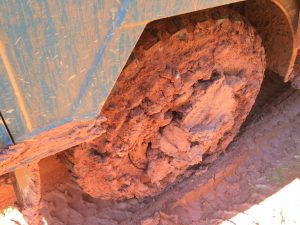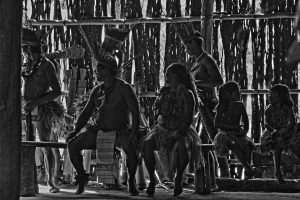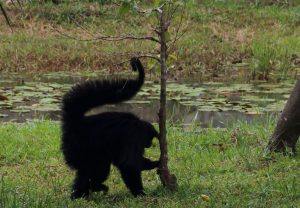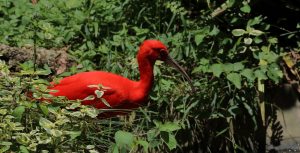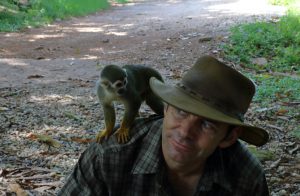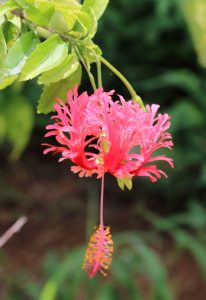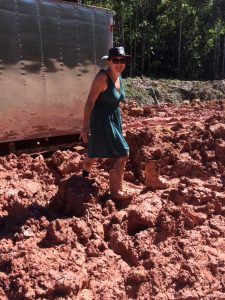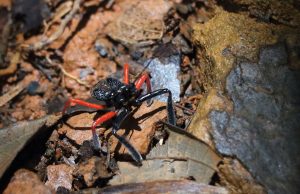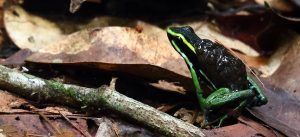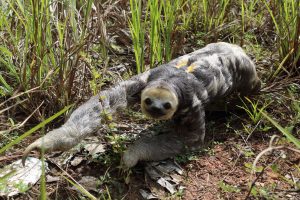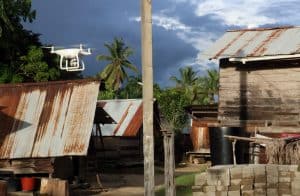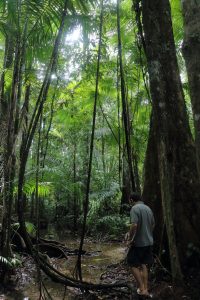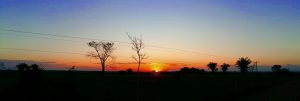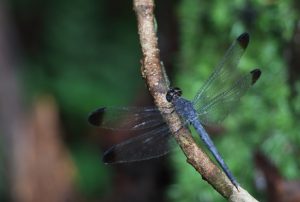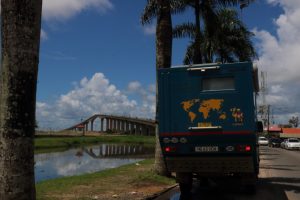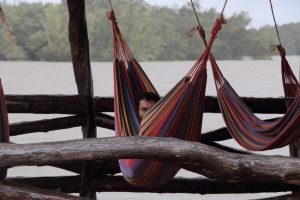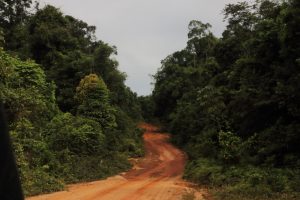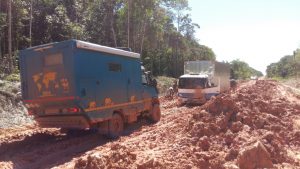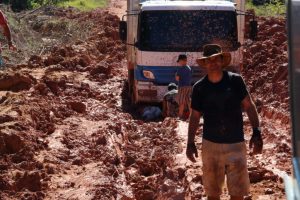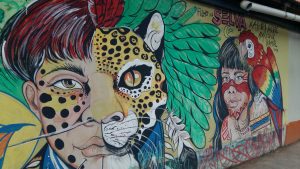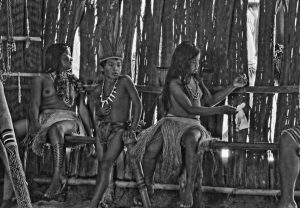The Amazon: awesome, exciting, wildlife, adventure, river eco-zone? Or hot, humid, over-bearing, mud-ridden, insect-infested swamp? The Amazon jungle has been all of these things to us (and more) over the last few months. With highs and lows. Most recently we cut diagonally across the Amazon overland driving the BR-319 mud road. As we now leave Brazil and the Amazon for the last time on this trip, heading west again into the Peruvian Andes, we’ve taken a quick scan back over this sometimes challenging but rewarding overlanding route.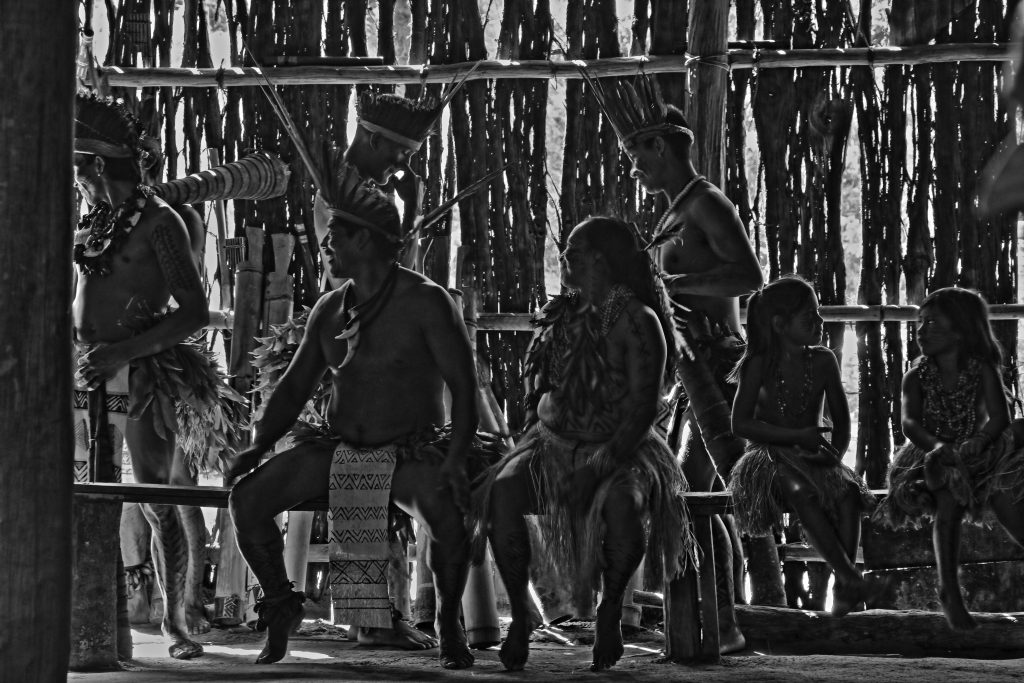
The Amazon Overland Route
The Amazon Basin is pretty big. Over seven million square kilometres apparently… and there aren’t too many roads, so we couldn’t really see all of it… but we had a stab, seeing it in six countries (click here – link to route map). Our first little sample was in the Madidi of north-east Bolivia but months later we came in from the other side along the north coast of Brazil. The coastal strip towards the Amazon Delta has been cleared for agriculture and is only a bit jungly. You don’t get the real ‘jungly feeling’ until you reach the river and sail out of the city of Belem into the Delta. Here starts the proper rain-forest and the beautiful but incessant jungle noises.
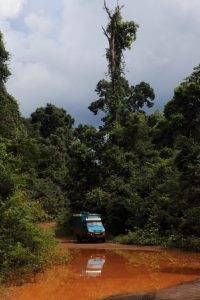 On the route north of the Delta, the dense jungle goes on… and on… and on. Along most of the coast of French Guiana, Suriname and Guyana, a narrow strip of the jungle has been cleared for rural habitation. But you don’t have to venture far inland to be back in the rainforest. Here, the roads end quickly and all transport transfers to the many rivers.
On the route north of the Delta, the dense jungle goes on… and on… and on. Along most of the coast of French Guiana, Suriname and Guyana, a narrow strip of the jungle has been cleared for rural habitation. But you don’t have to venture far inland to be back in the rainforest. Here, the roads end quickly and all transport transfers to the many rivers.
At the far north end of Guyana, some tit-for-tat border nonsense prevents continuing along the coast into Venezuela. Instead, there’s been an attempt (of sorts) to cut a road south through the jungle in-land to Brazil. It’s not a route that might be described as ‘easy-going’.
Once you’re back in Brazil, there is a main road (BR-174) south to the mega-city of Manaus, sitting slap-bang in the middle of the Amazon. Other than said BR-174 linking Manaus to Venezuela and Guyana, it’s a difficult city to access by land. Your only road to the rest of Brazil is the very long, very tedious and often muddy BR-319 to Porto Velho. Once you’ve hacked that, you can (should you be so minded) complete a circuit of the Amazon Basin, around the south (on good roads) and back to the coast. Alternatively at this point, like us, you can say “Thanks Mr Amazon, you’ve been great ‘n all that, but we’ve done our bit of humid-heat for a while, we’re off for a bit of Andean cool mountain air”.
Crazy place… what’s the point?
So what’s the point of this Amazon route? Just so you can say you’ve driven around the Amazon? Well I suppose you could look at it like that, but if you take that view you’re probably not an overlander 🙂 We do it because it’s there. Because we can. Because we love travel. And because there are lots of interesting things to see on the way.
Let’s start with the Lencois Maranhenses. Not technically in the Amazon, but very much on the approach route to the Delta on the north coast of Brazil. This really was one of our highlights of the whole South America trip so far. Then there is the Amazon Delta crossing itself. Loved it for a couple of days, but it’s not hugely varied or eventful. I’m not sure I’d be quite so keen to do it for the many days that it would take to go longer distances in-land by river.
After the Delta comes the Brazil exit into ‘the guyanas’. French Guiana for its rocket launches, for its giant Leatherback turtles, and for the curious novelty of being in the EU in South America. Suriname for the fascinating heritage of the Maroon communities deep up-river into the jungle. Guyana for the laid-back city vibe of Georgetown and the surprising granite petroglyphs of the Rupununi.
Once you’re back in Brazil, there is the mega-city of Manaus. Here we had a fascinating insight into the controversial meeting of modern development, the ancient indigenous Amerindian cultures and the sensitive jungle ecology.
Delicate Balance
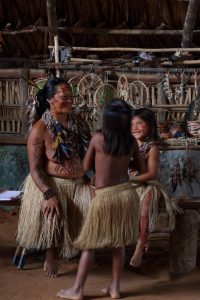 I’m no expert on the matter, but I suspect there are few places on earth where the delicate balance of nature versus the developing world is as critical as it is in the Amazon jungle. Don’t worry… this isn’t an eco-lecture, it’s just a brief ponder on what we saw and learned.
I’m no expert on the matter, but I suspect there are few places on earth where the delicate balance of nature versus the developing world is as critical as it is in the Amazon jungle. Don’t worry… this isn’t an eco-lecture, it’s just a brief ponder on what we saw and learned.
First, the roads. The existence of the few routes through the Amazon is highly controversial. During the construction of the BR-174 (north of Manaus) the indigenous Amerindians protested against the intrusion of their lands. Of course, it went ahead anyway but at the Equator crossing point stands a roadside memorial listing the names of all the construction workers who were killed in attacks by the Amerindians. A deal was struck that the road would only be used during daylight hours and still today, the 150ish km section of the road through the Waimiri-Atroari reserve is closed to traffic from dusk ‘til dawn. The Amerindians allow us (yeah… like they ever really had a choice) to transit their lands, but they understandably want no contact. Even during the daytime transits, it is forbidden to stop the vehicle, to take photos or to detour off the main road.
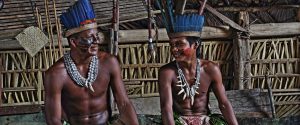 Many Amerindians continue their lives deep in the jungle, undisturbed by the developing world. But interestingly, in a village near Manaus we learned of certain tribes whose elders have decided there are benefits to be gained by collaborating with the developing world. They have actively (and we are assured, wholly independently… hmmm) chosen to re-locate their whole community closer to Manaus. They’re still not accessible by land, but they have a new riverside spot an hour’s boat ride up-stream from Manaus. Here they can maintain their traditional way of life, whilst benefitting from the services that the city has to offer. They mentioned education and healthcare, but the unmentioned ‘elephant in the room’ had to be their capitalising on eco/ethno-tourism. Had they not moved, we would never have gained access to meet them. Nevertheless, they seemed to speak openly and honestly about the choices they had made.
Many Amerindians continue their lives deep in the jungle, undisturbed by the developing world. But interestingly, in a village near Manaus we learned of certain tribes whose elders have decided there are benefits to be gained by collaborating with the developing world. They have actively (and we are assured, wholly independently… hmmm) chosen to re-locate their whole community closer to Manaus. They’re still not accessible by land, but they have a new riverside spot an hour’s boat ride up-stream from Manaus. Here they can maintain their traditional way of life, whilst benefitting from the services that the city has to offer. They mentioned education and healthcare, but the unmentioned ‘elephant in the room’ had to be their capitalising on eco/ethno-tourism. Had they not moved, we would never have gained access to meet them. Nevertheless, they seemed to speak openly and honestly about the choices they had made.
Rubber, Logging and Chico Time
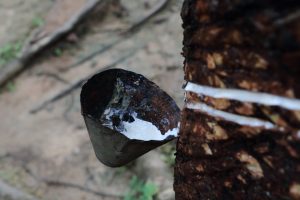
Rubber-tapping
Two industries that are impossible to miss in the Amazon are rubber-tapping and logging. Inevitably on our route we passed huge trucks loaded up with a freshly cut cargo of precious Amazonian hard-wood trees. My heart sank deeper with every truck-load that we saw, but surprisingly, the evidence was nowhere near as great as we had seen on the roads of Borneo back in 2010. Some areas of the Amazon are suffering more than others with this.
Our final State in Brazil before exiting into Peru is the far-western State of Acre. Its heritage sits in the rubber industry of the 1800s. However, by the 1970s the rubber-stuff wasn’t quite as lucrative as it used to be and landowners started mass deforestation. But they hadn’t counted on one Chico Mendes.
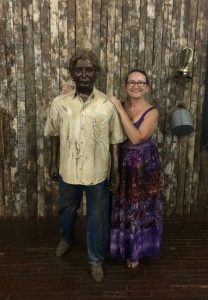
Chillin’ with Chico!
Chico’s name is everywhere in Acre, from street signs, to schools, to petrol stations. He was a rubber-tapper who feared for his job and his community’s livelihood when the rubber farms were being decimated. So, he started a protest action and organised human blockades to prevent the deforestation. Global notoriety came when he combined his efforts with the then newly burgeoning international environmentalist groups – although their motives for preventing rainforest destruction weren’t quite aligned! Winning United Nations awards, he became the hero of Acre State.
Cutting a long story short… big landowners of 1980s Brazil weren’t famous for their tolerance of people who openly campaigned against them. Somewhat predictably, they shot poor old Chico in his home in Xapuri, Acre in 1988 and in the process, created a martyr.
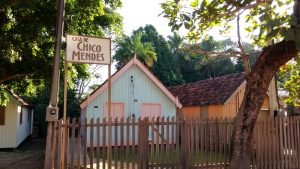
Casa Chico
The local tourism industry obviously hasn’t missed the opportunity to open up Chico’s house, Chico’s trail, Chico’s Museum, yahdy, yahdy, yah. However… here’s his impressive legacy… the State of Acre today still has over one third of its land with protected forest status. And it still has over 58% of its original rainforest, a higher proportion than any of its neighbouring Amazonian regions. All this is said to be directly as a result of Chico’s efforts.
Onwards… upwards
So, Chico Time is our final story from the Amazon and from the whole of Brazil. It’s been marvellous, fascinating, hot, humid, adventurous, exciting, hot, humid, and, shall we say… ‘trying’ at times. And did I mention that was also a bit hot and humid? Nevertheless, we’re so glad we made the effort to do it. Now we want to say BIG thanks to an amazing Brazil for being by far the most welcoming and friendly country in South America! We’re heading onwards and very much upwards back into the cool, dry mountain air. Ahhhh!
Link to next blog: Peru: Battles and Mines Link to full South America Blog
Favourite Amazon Pics
- Children
- Super-highway (Guyana-style)
- Rubber-tapping

